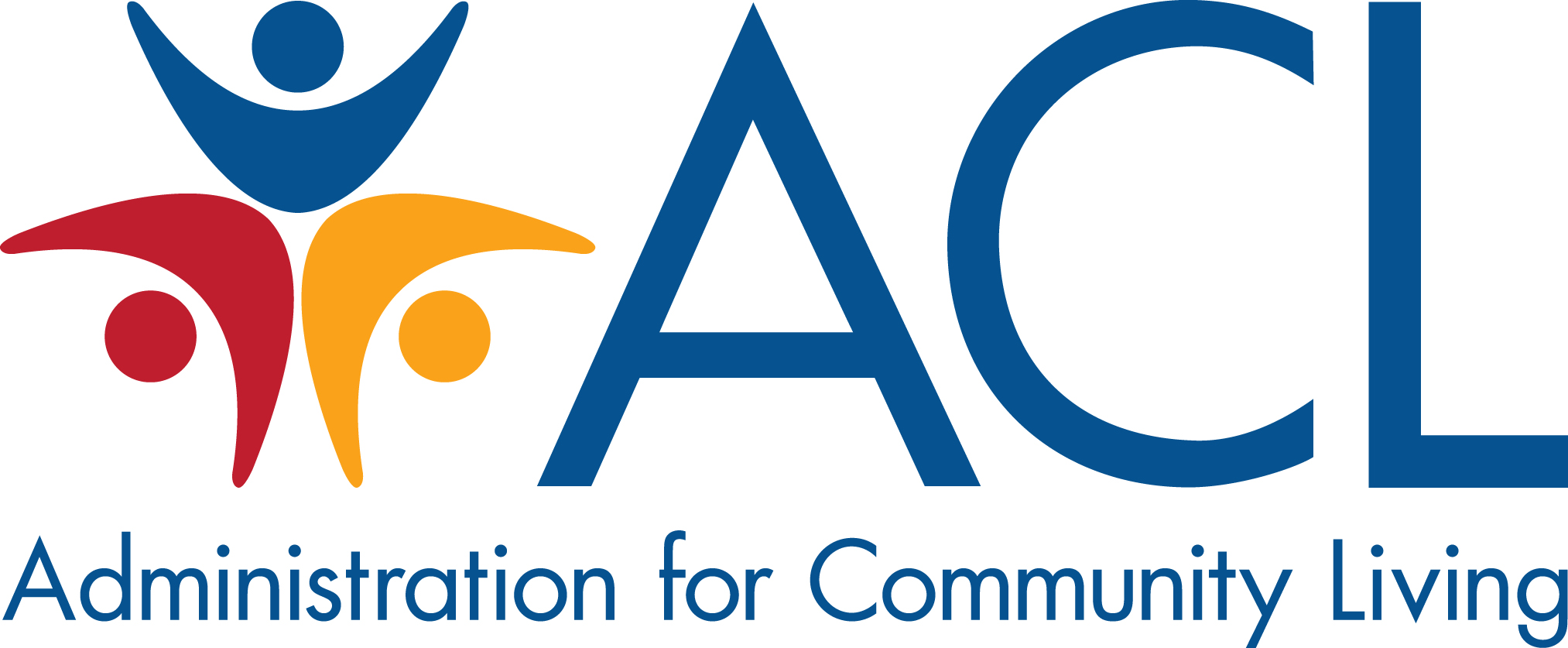During the last two decades, the number of individuals with intellectual and developmental disabilities (I/DD) living in community settings and receiving home and community-based services (HCBS) increased dramatically. While this led to better outcomes, including people with I/DD making more of their own choices and being a part of the community, there are great variations in the accessibility of quality HCBS across the country.
In 2017 and 2018, ACL awarded Living Well grants to help develop and test model approaches to enhance the quality, effectiveness, and monitoring of HCBS for people with developmental disabilities. These Model Approaches for Living Well grants, awarded as Projects of National Significance by ACL’s Administration on Disabilities, are focused on building the capacity of HCBS systems and enhancing community monitoring to prevent abuse, neglect, and exploitation.
In 2018, ACL funded a cross-site evaluation of all eight grantees from cohorts one and two. Each grantee designed one or more models integrating community monitoring and capacity building with the goal of enhancing health, safety, integration, and independence of individuals with I/DD living in the community. The cross-site evaluation of the Living Well grants focused on eight key features.
Grantees have completed their five-year Living Well grants and are progressing toward the intended grant outcomes. Each grantee was impacted by state contextual factors that exist outside of the Living Well grant, yet affect the activities, outcomes, and progress of the Living Well teams. Grantees published resources and toolkits that support community monitoring and capacity-building activities even after the end of the grants. All activities are pieces of the overall models that improve the HCBS system for individuals with I/DD.
The models were not mutually exclusive. One approach aligned with established statewide systems change initiatives. Grantees using this approach (e.g., teams in Alaska and Idaho) benefited from existing stakeholder groups and a clearly articulated vision or set of goals to which the Living Well grant was aligned. Other grantees (e.g., those in Indiana, Virginia, and New Hampshire) leveraged their Living Well grants to convene partners and integrate discrete initiatives to holistically address the core components. Finally, several grant teams (e.g., teams in Missouri, Georgia, and Wisconsin) used a pilot model approach to develop, implement, test, and revise initiatives on a local level before planning to scale and finalize their outputs.
ACL has released a report in five parts:
And three briefs:
- Strategies for Building Capacity of the Direct Support Workforce
- Strategies for Using Data Tools for Monitoring and Decision-Making
- Strategies for Developing Cultural and Linguistic Competency Across Systems
Learn more about the Living Well grants evaluation and see previous reports. Contact Ophelia McLain with questions.

